Given how rich its cultural heritage has been, it is hardly a surprise that India is home to many World Heritage Sites. While some of them like Taj Mahal and Red Fort are very popular among folks and tourists, there are others that has not received as much recognition as they deserved. Today, in this blog, we have addressed all those amazing 15 UNESCO World Heritage Sites in India. Check them out!
1) Kaziranga National Park, Assam
Famed for its great one-horned rhinoceros and its abundance of biodiversity spots, Kaziranga National Park is perhaps the best chance for wild game in the country. The Assam Government has made herculean efforts to preserve the range of flora and fauna here, helped, of course by the designation of this park as a UNESCO World Heritage Site. If you are in Assam, there is an another place that you must definitely check out and that is Manas Wildlife Sanctuary. Nestled along the gentle slopes of the Himalayas in Assam, the Manas Wildlife Sanctuary plays host to a wide array of wildlife including the Indian elephant, the Indian rhinoceros, tiger, and the pygmy hog. Designated a UNESCO Heritage Site in 1985, the Sanctuary is notable for its biosphere reserve, including tropical forests and grasslands.
2) Konark Sun Temple, Orissa
Not very far from the popular beach town of Puri, the Sun Temple at Konark is a 13th-century temple situated in Konark, Orissa. It was built by king Narasimhadeva I of the Eastern Ganga Dynasty in around AD 1250. The Sun temple is in the shape of a gigantic chariot with the carved stone wheel, pillars and walls and is led by 6 enormously carved horses. It’s also considered to be one of the largest brahmin sanctuaries in India. The temple is originally said to be built at the mouth of river Chandrabhaga but the water line receded since then. This World Heritage Site in India reflects the grandeur of the traditional style of Kalinga Architecture which was prevalent then.
3) Mountain Railways Of India, Darjeeling, Shimla & Nilgiri
The mountain railways of India comprise of the Darjeeling Himalayan Railway, the Nilgiri Mountain Railway and the Kalka-Shimla Railway and are a part of the World Heritage Sites in India. North Bengal is one of the most beautiful scenic temptations on Earth. Fun Toy Train, beautiful Tea Plantations and long tunnels or the Tiger Hills, all will cater to your delight. Built during the 19th and early 20th century, these engineering marvels were a bold and ingenious solution to the problem of connectivity in the rugged mountains and a gem in the heritage of India. Besides they pass thru the most beautiful terrain and you would love to take a romantic and fun ride here.
4) The Mahabodhi Vihar in Bodhgaya, Bihar
Bodh Gaya is located almost 96 kilometers away from Patna, Bihar and is one of the UNESCO World Heritage sites in India. It’s an important religious centre for the Buddhists as this was the place where Mahatma Buddha attained enlightenment. The holy Bodhi Tree is the site where Siddhartha gained Enlightenment and became Gautam Buddha. The famous Mahabodhi Temple was established in the reign of Ashoka the Great in about approximately 250 BCE. It’s one of the earliest Buddhist temples. Currently, the Mahabodhi Temple Complex at Bodh Gaya comprises the 50 m tall Mahabodhi Temple, the Vajrasana, sacred Bodhi Tree and other six sacred sites of Buddha’s enlightenment, surrounded by numerous ancient Votive stupas. Owing to all these factors, Bodh Gaya is considered to be the most holy pilgrimage spot for the Buddhists.
5) Red Fort, New Delhi
Situated in the centre of the historic city of New Delhi, the Red Fort was built by emperor Shah Jahan when he shifted his capital from Agra to Delhi, or what was known as Shahjahanabad at that time. The fort became the political hub of the Mughals. Under Shah Jahan, Mughal art and architecture reached its zenith, and the Red Fort is the perfect example of that. One can see the blending of Indo-Islamic, Timurid, Hindu and Persian forms of architecture in several facets of the Red Fort. It’s made up of red sandstone and houses several other smaller buildings such as the private pavilions, the Diwan-i-aam, the Diwan-i-khas. The Red Fort is one of the most popular UNESCO World Heritage Sites in India and is managed directly by the Archaeological Survey of India.
6) Agra Fort, Uttar Pradesh
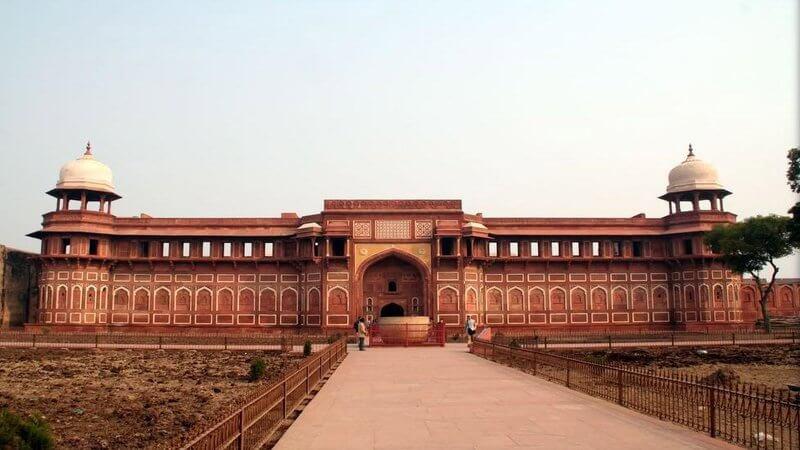 PC: Wikipedia
PC: Wikipedia
We all have heard about Taj Mahal. A UNESCO Site itself, it is the first place people flock to on their Indian travel. Situated quite close to the Taj Mahal, there is another monument- Agra Fort which is one of the most important monumental structures built by the Mughal empire. Though built in Mughal Era, during the time of Akbar, the Agra fort is a fusion of Persian art of the Timurid and the Indian forms of architecture. This is so because the fort was originally a brick monument known as Badalgarh, held by Raja Badal Singh, a Hindu Shikarwar Rajput King. After the invasion, Sikander Lodi was the first Sultan of Delhi to shift to Agra and live in the fort. The Agra Fort includes a number of monuments like Khas Mahal, Sheesh Mahal, Muhammad Burie (an octagonal Tower), Diwan-e-Khas, Diwan-e-Am, Moti Masjid and Nagina Masjid.
7) Khajuraho Group of Monuments, Madhya Pradesh
Located in Madhya Pradesh, Khajuraho is an important UNESCO World Heritage site in India. Khajuraho is unique heritage site which is famous for a group of Hindu and Jain Temples situated 175 km south-east of Jhansi. They are well known for their Nagara style symbolism and erotic figures and sculptures. These sensuous stone carvings of human and animal form in erotic poses are very aesthetically portrayed and stand testimony to the rich cultural heritage of India. Most of these monuments were built between 950 to 1050 CE under the reign of the Chandela dynasty. It consists of total 85 Temples spread across an area of 20 square kilometres. The Kandariya temple is the most prominent of all of these temples in the Khajuraho complex.
8) The Caves of Ajanta and Ellora, Maharashtra
The Ajanta and Ellora Caves were among the first Indian monuments to be designated UNESCO World Heritage Sites. Dating back to 2nd century BC, the Caves comprise some of the most exquisite masterpieces of 31 rock-cut sculptures, paintings and Buddhist shrines. Built over two periods under the Satavahana and Vakataka dynasties, the Ajanta Caves mark the beginning of the Indian Classical Art and continue to have a huge influence on Indian art ethos. Just a little ahead, Situated about 29 kilometres from Aurangabad, the Ellora Caves are a collection of 34 caves dating back from 600 to 1000 AD. The Hindu, Jain and Buddhist sculptures and architecture in these caves is a perfect anecdote for the religious and cultural tolerance that has proliferated across the Indian subcontinent since time immemorial.
9) Buddhist Monuments at Sanchi, Madhya Pradesh
The Buddhist Monuments located at Sanchi in Madhya Pradesh are a World Heritage Site in India and they are the oldest stone structures in India. Originally commissioned by emperor Ashoka in 3rd century BCE, the Sanchi Stupa is located 46 kilometer north-east of Bhopal. Its core was a hemispherical brick structure built over the relics of Buddha and was crowned by the Chatra which symbolises rank. The stupa was vandalised during 2nd century BCE and renovated during the Satavahana Period when the gateways and the balustrade were built and coloured. Apart from the Sanchi stupa, several other structures exist here, such as monolithic pillars, temples, palaces and monasteries. It remained a major pilgrimage site for the Buddhists till about 12th century AD, after which the religion declined in popularity.
10) Hill Forts of Rajasthan
One of the recent additions to the list of World Heritage Sites in India (2013), this place is famous for its unique Rajput Military Defense Architecture. It includes six majestic forts in Chittorgarh, Kumbhalgarh, Ranthambore fort, Gagron Fort, Amber Fort and Jaisalmer Fort. They’re located on the rocky Aravalli Mountain Range in Rajasthan. The sheer length and expanse of the forts are enough to portray the power and strength of the Rajputana rulers and chieftains. The fortifications of these forts are extremely strong. Within the walls of the fort, it was almost as if a mini-city existed. There were several markets, bazaars, palaces, temples, urban and trading centres etc. And we know this as some of them have survived. Also, these forts had unique water storage and harvesting structures, which are actually being used even today. It is also known for being the Shooting location of the movie, The Dark Knight Rises and a few movies of Satyajit Ray like ‘Shonar Kella’.
11) Champaner-Pavagadh Archaeological Park, Gujarat
The Champaner-Pavagadh Archaeological Park is a UNESCO World Heritage Site, located in the Panchmahal district of the Indian state of Gujarat. Centred around the city of Champaner or Muhammadabad built by Sultan Mahmud Begada of Gujarat, it’s a very significant place historically and culturally. This place is the only complete unchanged Islamic pre-Mughal city. Also deemed to be of mythological significance, a larger part of Champaner-Pavagarh is still unexcavated. It includes 11 different types of heritage monuments that are- Mosques, Temples, Tombs, Gateways, Fortresses and walls, Palaces and Pavilion, Helical Wells, Custom house and Greeneries all belonging to 16th century. One can observe a transition from the previous Hindu forms of architecture to the Muslim culture and forms of architecture. The park also houses some of the ancient Chalcolithic Indian Sites, from the Stone Age era.
12) Jantar Mantar, Rajasthan
The Jantar Mantar is an astronomical observatory built in 18th century Rajasthan. It is an astronomical observatory which was built by the Rajput King Sawai Jai Singh of Rajasthan in 1738 CE. It is a collection of 19 astronomical instruments including world’s largest stone Sundial. All these instruments are man-made. The observatory consists of instruments which were used to calculate celestial coordinate systems, the horizon-zenith local system, the equatorial system and the ecliptic system. One of India’s best-preserved observatories, this monument is a great example of the scientific as well as the cultural heritage of India.
13) Monuments at Mahabalipuram, Tamil Nadu
The Temples are situated in the town of Mahabalipuram which is approximately 58 kilometres from Chennai on the Coromandel Coast of Bay of Bengal. These temples were built under the reign of the Pallava rulers and the striking feature of these temples is the fact that they are all carved out of rock and an important in terms of ratha architecture in India. The group of monument includes 40 sanctuaries including largest open-air-bas-relief, eg, Ganga’s Descent. These World Heritage Sites in India constitutes the art of Pallava Period with sites likes Pancha Rathas, Dharamaraja Ratha, Arjuna Ratha, Draupadi Ratha, etc. Also, the Cave temples of Mahabalipuram which constitute more than half a dozen caves.
14) Chola Temples, Tamil Nadu
These temples were built in Southern Part of India during the rule of Chola empire. The Brihadisvara Temple, the Temple at Gangaikonda Cholapuram and the Airavatesvara Temple are the most important of all of these temples. The Brihadisvara temple was built under the reign of Rajaraja 1, and is a milestone when it comes to Chola architecture. The temple at Gangaikondacholapuram was patronised by Rajendra 1 and was dedicated to Lord Shiva. And the Airavatesvara temple was built during the time of Rajaraja II and is aesthetically different from the other two. These temples stand testimony to the architectural splendour and beauty of Chola art, architecture and sculpture. These temples are living temples and the rituals and festivities which were observed by people thousands of years ago, are still held. Hence, these 3 temples reflect the ancient culture and heritage of the Tamilians and form an inseparable part of their ancient history.
15) Monuments at Hampi, Karnataka
Hampi is a UNESCO World Heritage site located in the Northern part of Karnataka. It lies within the ruins of the ancient, prosperous kingdom of Vijayanagar. The ruins at Hampi are a collection of heritage sites depicting the fine Dravidian style of art and Architecture. The most important heritage monument in this site is the Virupaksha Temple, which continues to be a very important religious centre for the Hindus. There are several other monuments which are a part of this heritage site, Together, they’re collectively known as the ‘Group of Monuments at Hampi’. Some of the other known ones include the Krishna temple complex, Narasimha, Ganesa, Hemakuta group of temples, Achyutaraya temple complex, Vitthala temple complex, Pattabhirama temple complex, Lotus Mahal complex, several puras or bazaars surrounding the temple complex, and also living quarters and residential areas.
So these were the various gems hidden in the vivid UNESCO hertage sites in the country. Of course, the list is not completed yet, but you can start your India Tours by checking them out! Let us know what you think about them?
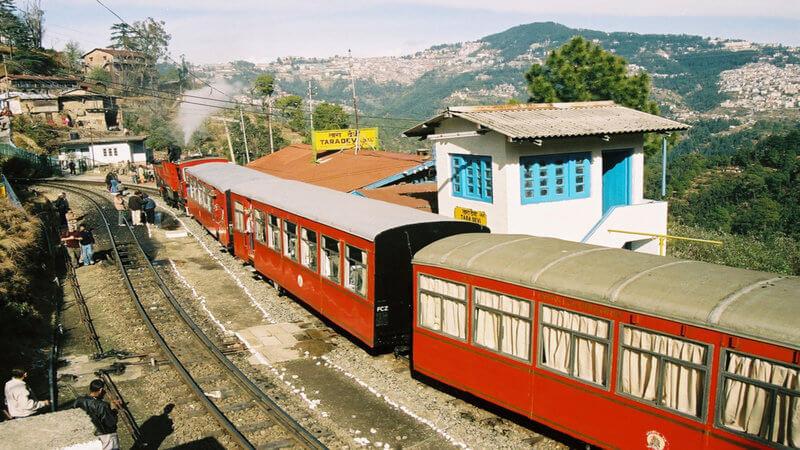 PC: Wikipedia
PC: Wikipedia  PC: Wikipedia
PC: Wikipedia  PC: Wikipedia
PC: Wikipedia 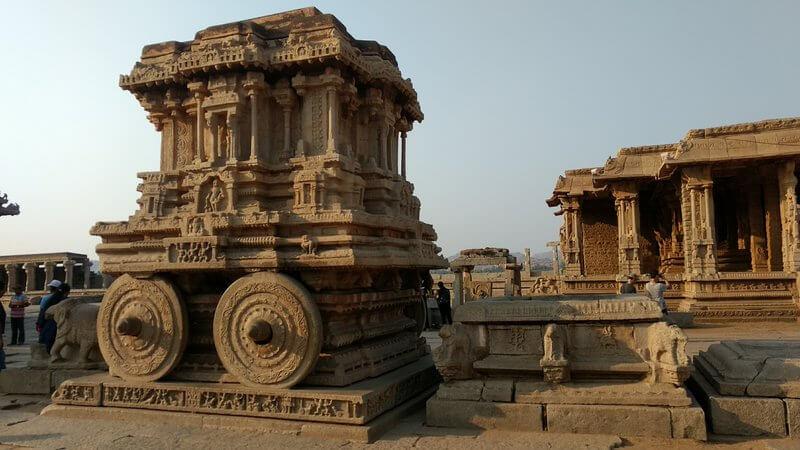 PC: Wikipedia
PC: Wikipedia
 PC:
PC: 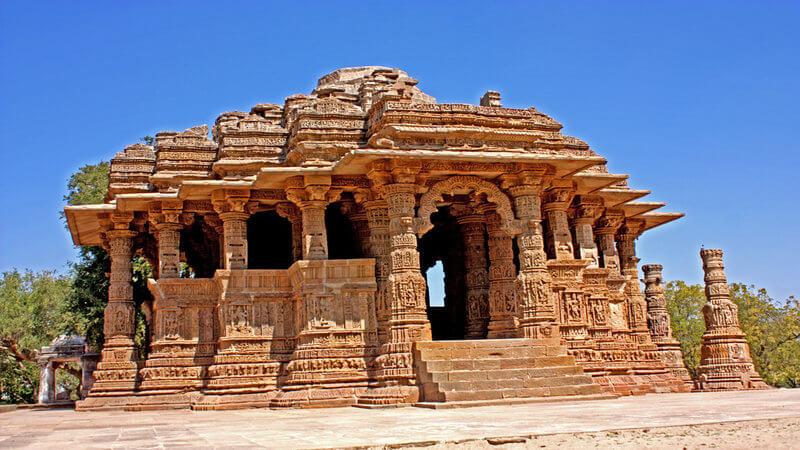 PC:
PC: 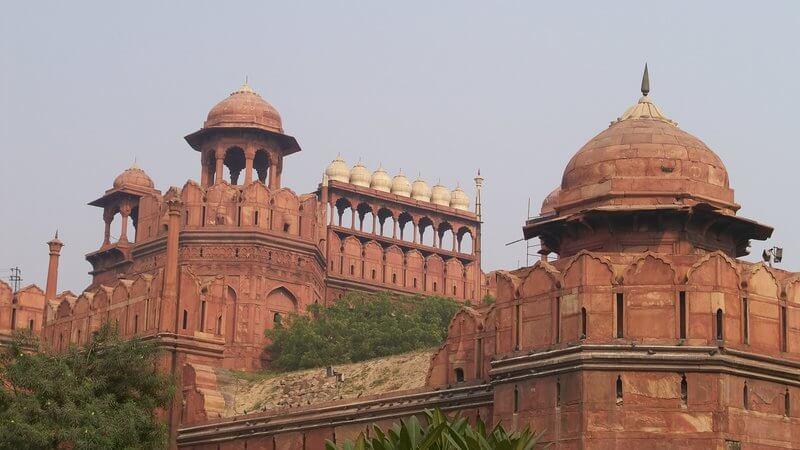 PC:
PC:  PC:
PC: 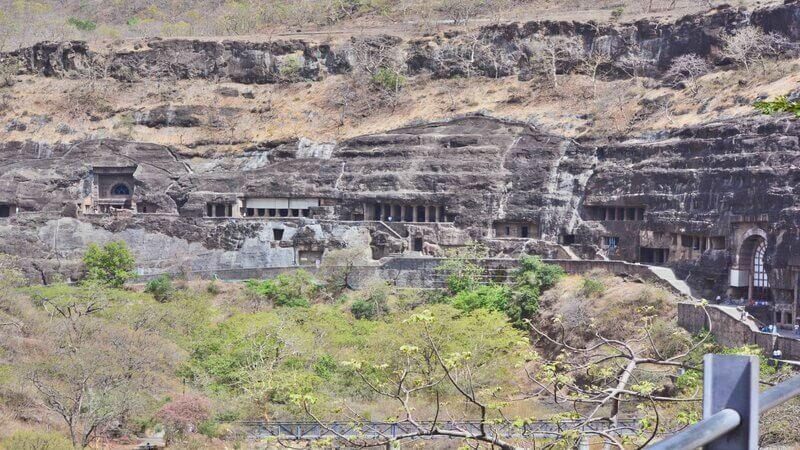 PC:
PC: 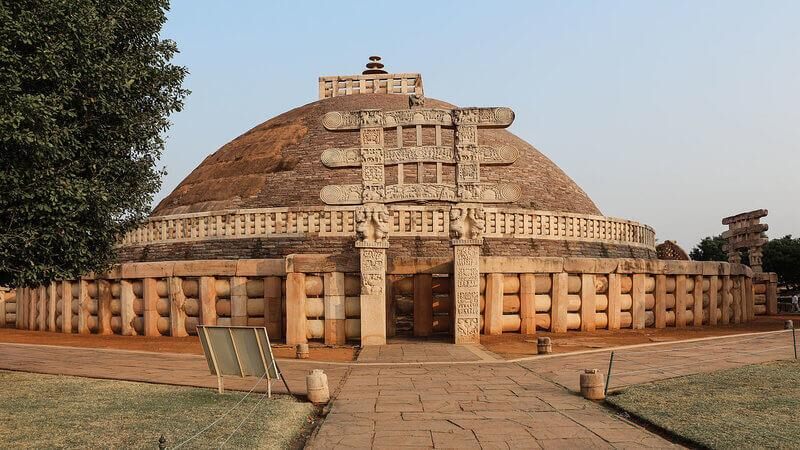 PC:
PC:  PC:
PC: 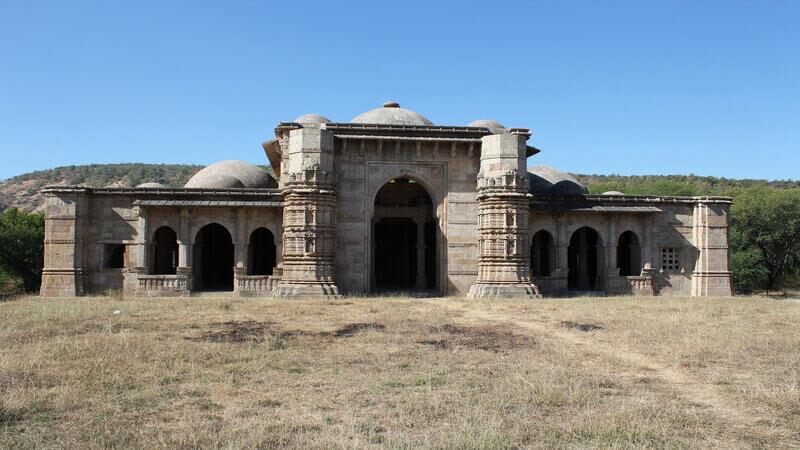 PC:
PC: 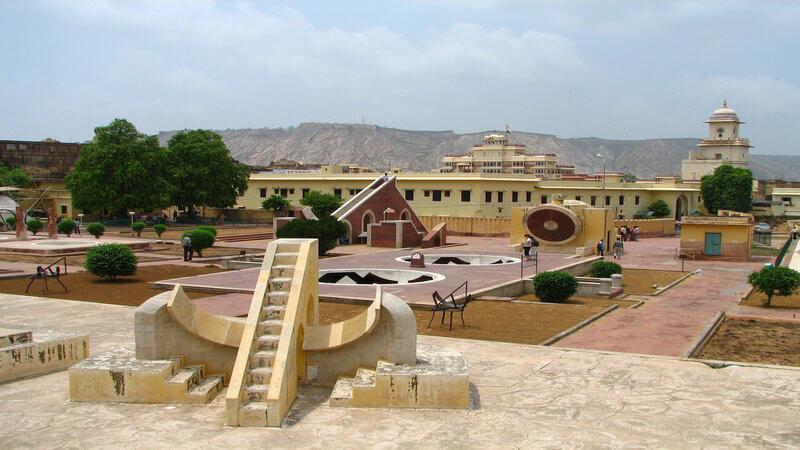 PC:
PC:  PC:
PC: 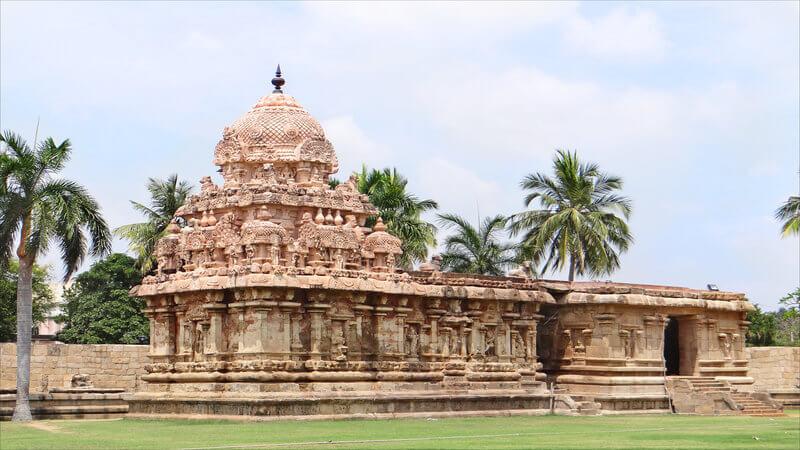 PC:
PC: